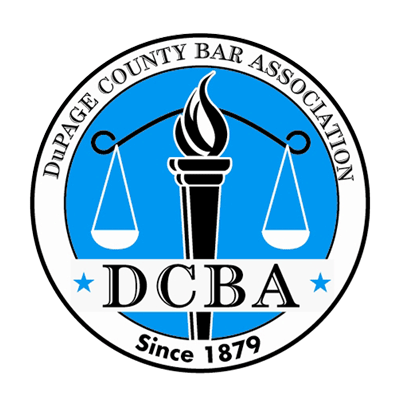
“Sending or reading a text takes your eyes off the road for 5 seconds. At 55 mph, that’s like driving the length of an entire football field with your eyes closed.” — U.S. National Highway Traffic Safety Administration
Thousands of car accidents—too many of them fatal—are caused every year by distracted drivers texting, talking on their phones, or using apps. This is why every state in the U.S. places some level of restriction on the use of cell phones while driving. In Illinois, where all use of cell phones behind the wheel of a car is strictly prohibited, drivers face steep fines and possible jail time if they cause an accident because of their phone.
If you’ve been in a car accident, it’s important to determine whether the other driver was using their cell phone at the time of the crash. In cases where the question of fault is still under investigation, proving that the other driver was on the phone is helpful in making that determination because phone use is widely recognized as a significant source of distraction.
How can you prove the driver was on their phone when they hit you? It probably won’t be easy, and you’ll need the help of an experienced attorney, but it isn’t impossible. Witness testimony, video footage, and the other driver’s phone records are the three best places to find evidence.
Witness Testimony
The witnesses closest to the accident are yourself, the other driver, and passengers in both cars. The accounts from each of you in the police report can open a valuable window onto what was happening in the other car at the time of the crash. Get a copy of the report and keep an eye out for statements from the other driver and their passengers that suggest they were distracted by their cell phone.
Bystanders and others who witnessed the crash may have noticed the other driver interacting with their phone in the seconds before the accident. Look for their statements in the police report, too, and follow up with them in person if anything they’ve said raises a flag or needs clarification.
Video Footage
Unless your collision happened in a rural area, there’s a good chance it was captured on video. A bystander’s cell phone or another driver’s dashcam, the security camera or Ring system on a nearby home, surveillance cameras outside of businesses in the vicinity, or traffic or other public surveillance cameras are all potential sources of video of your accident. As an objective, visual record of the incident, video footage can be invaluable.
Start your search with traffic cameras. (There are hundreds of these in Illinois; you can find them here.) You’ll want to do this quickly: most of the footage in these cameras is only available for a few days before it’s erased. Your attorney will know how to obtain this footage and incorporate it into your legal case. You should ask witnesses, nearby homeowners, and businesses to provide you with their video footage, too, but if they refuse, your attorney can subpoena these entities as well.
Phone Records
This route is the most complicated of the three, but as evidence, cell phone records are incontrovertible. These will show the exact times of every call or attempted call, every text message sent or received, and every data transfer on the other driver’s phone. Cell phone records increasingly play a pivotal role in criminal investigations and in civil cases, including at-fault inquiries into traffic accidents.
If you’re lucky, the driver who hit you will voluntarily provide you with their phone records, or the police may subpoena them during their investigation. If neither of these things happens, your attorney can subpoena them during the discovery phase of your trial. After that, they can be introduced as evidence in court to show that the driver of the car that hit you was distracted by a cellphone.
Call Cullotta Bravo Law Group Today
Do you suspect the other driver in your car accident was distracted by their cellphone? The attorneys at Cullotta Bravo Law Group can help you gather the evidence you need to win your case and get the compensation you deserve. Call us today at 630-898-7800.





